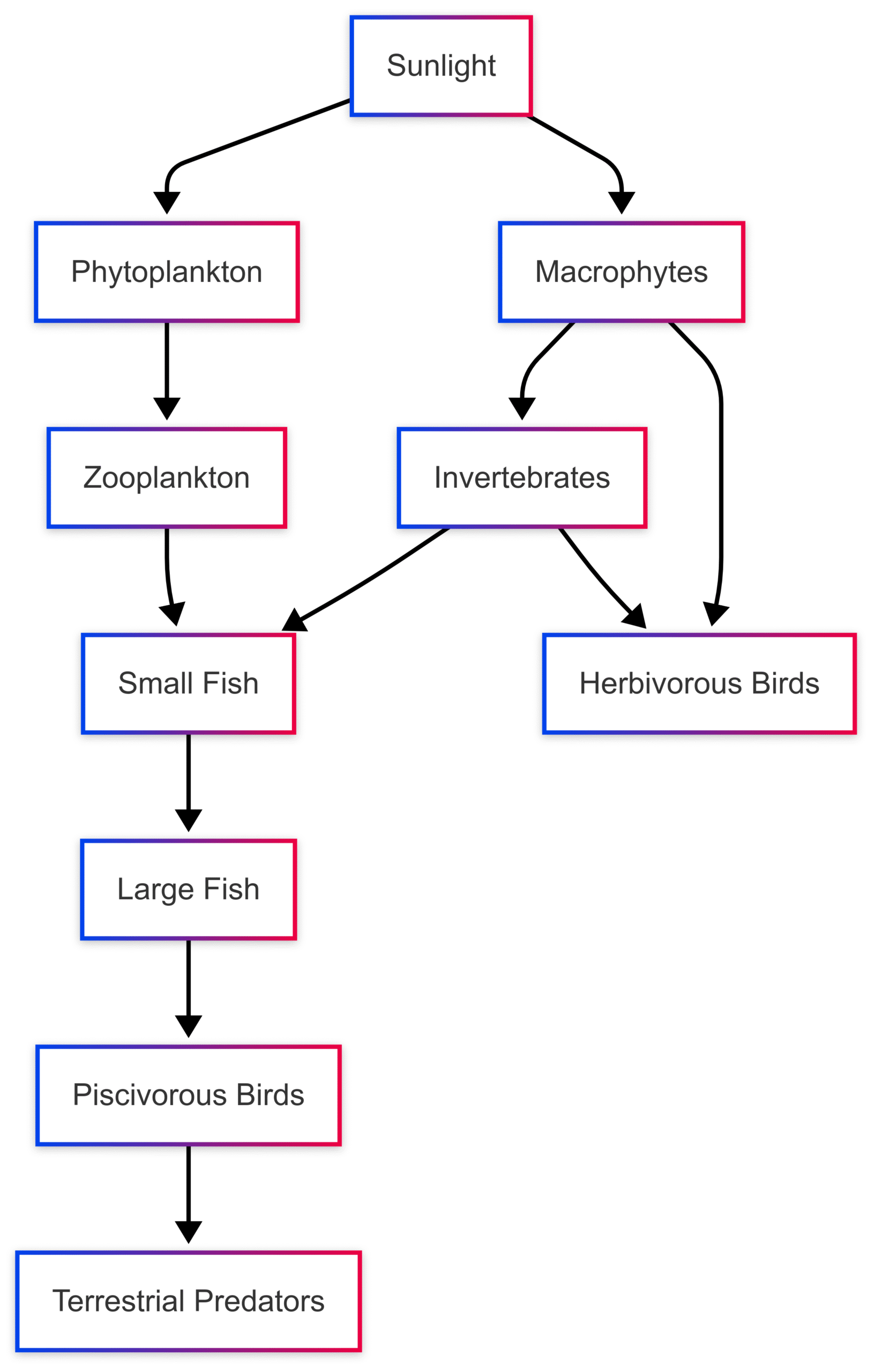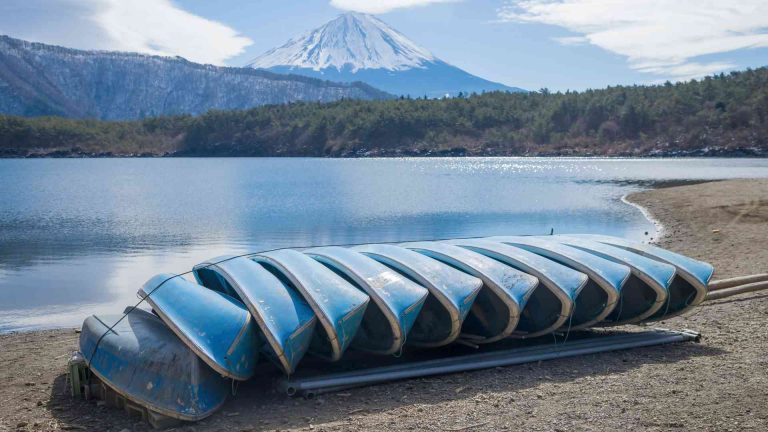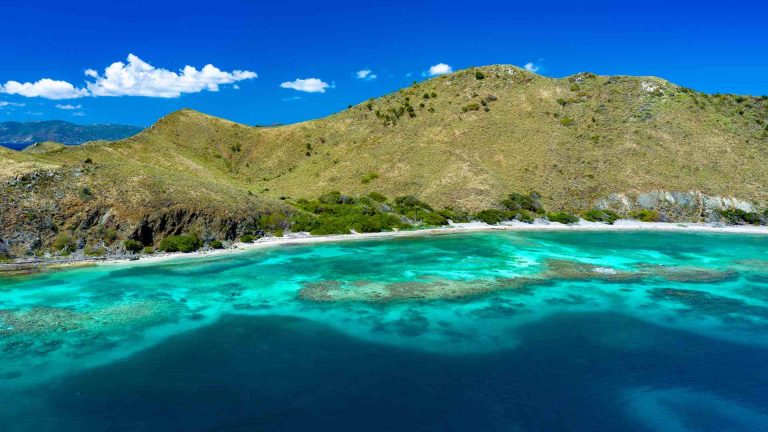Exploring the Wonders of a Lake Ecosystem
Discover the intricate wonders of lake ecosystems, from vibrant flora and fauna to the vital role of water and human impacts. Learn how to preserve these natural treasures.
Lakes are among nature’s most captivating creations, serving as vital hubs of biodiversity, resources, and beauty. These freshwater ecosystems are intricate networks of life, supporting a diverse array of organisms while playing critical roles in environmental balance and human livelihoods. From the serene shores of Lake Eufaula to the vast Great Lakes, lake ecosystems are dynamic, interconnected systems that sustain life and offer countless benefits. This article delves into the wonders of lake ecosystems, exploring their components, the pivotal role of water, the flora and fauna they support, the influence of seasonal changes, and the impact of human interactions. Additionally, we examine conservation efforts and innovative management approaches, such as Building with Nature, to ensure these ecosystems thrive for future generations.
Understanding Lake Ecosystems
Lake ecosystems are complex, socio-ecological systems where physical, biological, and human elements interact to create a delicate balance. Freshwater biology, the study of life in aquatic environments, provides insight into how these systems function. Lakes are home to a web of organisms—plants, animals, and microbes—that rely on one another and their environment to survive. Each component, from microscopic phytoplankton to predatory fish, contributes to the ecosystem’s health and stability.
The Basics of Freshwater Biology
Freshwater biology examines the interactions between organisms and their aquatic environment, focusing on their adaptations to freshwater conditions. Key players in lake ecosystems include:
- Producers: Aquatic plants and algae that convert sunlight, carbon dioxide, and water into oxygen and organic compounds through photosynthesis. These form the foundation of the food web, providing energy for other organisms.
- Consumers: Fish, invertebrates, and other animals that feed on producers or other consumers, transferring energy through the trophic levels.
- Decomposers: Bacteria and fungi that break down organic matter, recycling nutrients back into the ecosystem.
These roles create a dynamic food web where energy and nutrients flow, maintaining ecological balance. For example, phytoplankton produce oxygen and serve as food for zooplankton, which are consumed by small fish, which in turn are prey for larger predators.
Components of a Lake Ecosystem
A lake ecosystem comprises several interconnected components, each with a specific role:
- Water: The lifeblood of the ecosystem, water provides habitat, facilitates nutrient and energy flow, and regulates temperature, oxygen levels, and pH.
- Sediment: Found at the lake bottom, sediment stores nutrients and organic matter, supporting plant and algal growth.
- Phytoplankton: Microscopic plants that perform photosynthesis, producing oxygen and forming the base of the aquatic food web.
- Zooplankton: Small animals like rotifers and copepods that feed on phytoplankton and serve as food for fish and other predators.
- Benthic Organisms: Worms, insects, and mollusks living in or on lake sediments, aiding in nutrient recycling and decomposition.
- Submerged Aquatic Vegetation: Plants like water lilies and pondweeds that provide habitat, stabilize sediments, and improve water quality by absorbing nutrients.
- Shoreline Habitat: The transitional zone between land and water, offering nesting, feeding, and shelter for birds, amphibians, and reptiles.
These components interact to create a balanced ecosystem, where disruptions in one area can ripple through the entire system.
The Role of Water in Lake Ecosystems
Water is the cornerstone of lake ecosystems, driving key processes like the hydrologic cycle and lake stratification. Its physical and chemical properties shape the environment and influence the distribution of organisms.
The Hydrologic Cycle
The hydrologic cycle ensures a continuous flow of water through lakes via evaporation, condensation, precipitation, and transpiration. Solar energy causes water to evaporate from the lake surface, forming clouds that eventually release precipitation to replenish the lake. This cycle maintains water levels and introduces fresh nutrients, critical for ecosystem health.
Lake Stratification and Mixing
In deeper lakes, thermal stratification creates distinct layers of water based on temperature and density. During summer, warmer, less dense water forms the epilimnion at the surface, while colder, denser water forms the hypolimnion below, separated by a thermocline. This stratification limits the mixing of oxygen and nutrients, affecting organism distribution. In shallow lakes, common in coastal and delta regions, stratification is less pronounced due to frequent mixing by wind and waves. Seasonal turnover in spring and fall mixes these layers, redistributing nutrients and oxygen, which boosts productivity.
Flora and Fauna of Lake Ecosystems
Lakes host a rich diversity of plant and animal life, each contributing to ecological balance. From primary producers to apex predators, these organisms form complex food webs that sustain the ecosystem.
Aquatic Plants and Algae
Aquatic plants, such as macrophytes (e.g., water lilies, cattails), and algae are vital to lake ecosystems. Macrophytes provide structural habitat for fish and invertebrates, produce oxygen, and stabilize sediments. Algae, particularly phytoplankton, are primary producers that fuel the food web. However, excessive nutrient inputs can trigger harmful algal blooms, disrupting water quality and oxygen levels.
Fish and Invertebrate Species
Fish, ranging from planktivorous minnows to predatory bass, play key roles in nutrient cycling and population control. For instance, Lake Eufaula supports 25 fish species, including bass and bluegill, which maintain balance through predation and competition. Invertebrates like crustaceans, mollusks, and insect larvae decompose organic matter and serve as food for fish and birds. Zooplankton, such as Cladocera and Copepods, are critical links between phytoplankton and higher trophic levels.
Vertebrates and Wildlife
Lakes support diverse vertebrates, including amphibians (frogs, salamanders), reptiles (turtles, snakes), and waterfowl. For example, Lake Eufaula hosts nearly 300 bird species and 40 mammal species. Shoreline habitats provide nesting and foraging grounds, while wetlands support migratory birds like Sandhill cranes. The St. Clair Delta, a major Great Lakes wetland, is an Important Bird Area, hosting species like the American bittern and marsh wren.
The Impact of Seasonal Changes
Seasonal shifts profoundly influence lake ecosystems, altering physical conditions, nutrient availability, and organism behavior.
- Spring Awakening: Rising temperatures and longer days stimulate plant growth and fish spawning. Increased food availability boosts productivity, setting the stage for summer abundance.
- Summer Abundance: Warm water accelerates metabolic rates, leading to peak plant and animal activity. Food webs thrive, with fish and invertebrates flourishing.
- Autumn Transition: Cooling temperatures slow metabolic rates, prompting fish migrations and changes in feeding habits as organisms prepare for winter.
- Winter Dormancy: Cold temperatures and ice cover reduce activity. Many organisms enter dormancy, while cold-water species and microbes maintain minimal ecological processes beneath the ice.
Human Interaction with Lake Ecosystems
Human activities profoundly impact lake ecosystems, offering both opportunities for enjoyment and challenges to their health.
Recreational Activities and Their Impact
Lakes like IJsselmeer and Lake Eufaula attract millions for boating, fishing, and swimming. However, these activities can introduce pollutants, disturb habitats, and spread invasive species. Overfishing disrupts food webs, while boat wakes erode shorelines. Responsible recreation, such as using eco-friendly boats and adhering to fishing regulations, mitigates these impacts.
Conservation Efforts and Building with Nature
Conservation initiatives aim to protect and restore lake ecosystems. The Building with Nature approach, applied in lakes like IJsselmeer and Markermeer, integrates human needs with ecological restoration. Key strategies include:
- Water Quality Restoration: Reducing external nutrient inputs and biomanipulation (e.g., removing planktivorous fish to boost zooplankton) help restore clear-water states.
- Soft Flood Defenses: Constructing sandy littoral zones, as in Markermeer, reduces erosion and enhances habitats.
- Spatial Habitat Creation: Projects like MarkerWadden create artificial islands to trap sediment and support biodiversity.
- Sea-River Connectivity: The Fish Migration River at IJsselmeer restores fish migration routes, enhancing ecological connectivity.
These efforts require integrated governance, involving stakeholders to balance human use with ecosystem health.
Case Study: The Loss of Tulare Lake
Tulare Lake, once the largest freshwater lake west of the Mississippi, exemplifies the consequences of human intervention. Spanning 600 square miles in California’s Central Valley, it supported diverse species, including Chinook salmon and migratory birds. However, 19th-century agricultural diversions via canals like the Friant-Kern depleted its water, leading to its near-total disappearance by the early 20th century. This loss disrupted ecosystems, reduced water filtration, and increased flood risks. Restoration efforts by groups like the Tulare Basin Wildlife Partnerships focus on reviving wetlands and managing water sustainably.
Ecosystem Services of Lakes
Lakes provide critical ecosystem services, categorized as:
- Provisioning: Freshwater, fish, and construction materials (e.g., sand).
- Regulating: Flood control, water purification, and sediment stabilization.
- Cultural: Recreational opportunities, aesthetic value, and cultural heritage.
- Supporting: Nutrient cycling, habitat provision, and biodiversity support.
For example, IJsselmeer supplies 30% of the Netherlands’ irrigation water, while Lake Eufaula supports tourism and biodiversity.
Challenges Facing Lake Ecosystems
Lakes face threats like eutrophication, pollution, invasive species, and climate change. Eutrophication, driven by nutrient runoff, causes algal blooms and turbid water, as seen in Lake Taihu. Invasive species, like zebra mussels, disrupt food webs. Climate change exacerbates these issues through altered precipitation and temperature patterns.
Chart: Lake Ecosystem Food Web

This chart illustrates the flow of energy through a lake food web, highlighting the interconnected roles of producers, consumers, and predators.
Restoration and Future Directions
Restoring lake ecosystems requires addressing both external (e.g., reducing nutrient inputs) and internal (e.g., biomanipulation) factors. Constructed wetlands, as outlined by Wu et al. (2015), remove nutrients from diffuse sources, enhancing water quality and biodiversity. Urban lake restoration, like the Edsel and Eleanor Ford House project, integrates habitat restoration with flood control and recreation.
Future research should focus on:
- Improving wetland design for long-term nutrient removal.
- Enhancing biomanipulation techniques for sustained clear-water states.
- Developing adaptive management strategies to address climate change.
Conclusion
Lake ecosystems are marvels of nature, blending beauty, biodiversity, and functionality. From the intricate food webs of Lake Eufaula to the innovative restoration of IJsselmeer, these systems demonstrate resilience and vulnerability. By understanding their components, valuing their services, and supporting conservation efforts, we can ensure lakes remain vibrant for generations. Responsible human actions, combined with approaches like Building with Nature, offer hope for preserving these natural treasures.
Happy Boating!
Share Exploring the Rocky Shore: A Guide to Intertidal Zones with your friends and leave a comment below with your thoughts.
Read Science Behind It: Do the Pacific and Atlantic Oceans Mix? until we meet in the next article.






